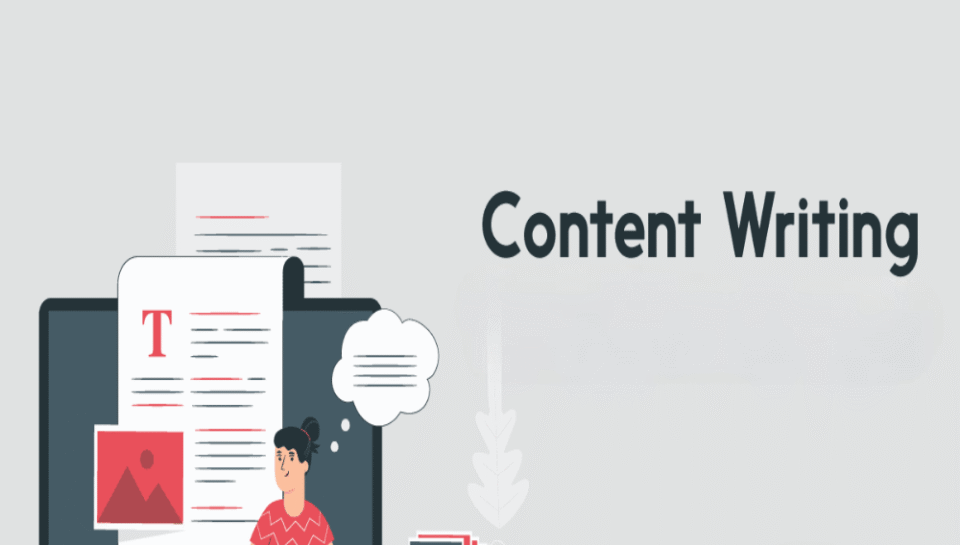
Define the core purpose of writing content for the web
Introduction
Writing content for the web serves a distinct and strategic purpose: to communicate information in a way that is valuable, accessible, and actionable for online audiences. Unlike traditional print content, web writing must adapt to digital consumption habits, search engine requirements, and user expectations. Its core purpose extends beyond mere information sharing—it aims to engage, convert, and retain users by addressing their needs quickly and effectively in a digital environment.
Informing and Educating the Audience
The primary goal of most web content is to deliver relevant information that helps users solve a problem, learn something new, or make an informed decision. Whether it’s a blog post, FAQ, or product page, web content must be factual, concise, and easy to understand.
Driving User Engagement
Web content is crafted to hold the attention of distracted digital audiences. Through clear language, multimedia elements, storytelling, and interactive components, it invites users to stay longer, explore deeper, and interact with the brand or platform.
Supporting Business Objectives
Content written for the web is strategically aligned with business goals—be it generating leads, increasing conversions, promoting products, or building brand awareness. Each piece is a tool designed to move users along the buyer journey.
Enhancing Discoverability Through SEO
One of the critical purposes of web content is to be found by search engines. By incorporating keywords, metadata, and optimized structures, web content ensures visibility on search results, helping businesses attract organic traffic.
Building Authority and Credibility
Well-written, trustworthy content positions a brand or individual as a knowledgeable leader in their industry. Consistent delivery of valuable insights helps build credibility and foster trust with the audience over time.
Encouraging Conversions and Actions
Effective web content is action-oriented. Whether prompting a click, download, sign-up, or purchase, it guides users toward a specific goal using compelling calls-to-action (CTAs) and persuasive language.
Creating Shareable Value
Engaging web content is often shared across social media platforms, email, or forums. Its purpose is not just to live on a website, but to be distributed and discovered by wider audiences, expanding reach and influence.
Improving User Experience
Web content also plays a key role in the overall user experience. Clear navigation cues, readable formatting, and relevant messaging reduce friction and confusion, making it easier for users to find what they need.
Tailoring Messages for Targeted Audiences
Content on the web can be personalized and segmented to speak to specific audiences. Its purpose is to deliver the right message to the right person at the right time, increasing relevance and effectiveness.
Fostering Long-Term Relationships
Beyond one-time interactions, web content aims to create ongoing engagement. Through newsletters, blogs, and educational resources, it builds a content ecosystem that keeps users coming back.
Conclusion
The core purpose of writing content for the web is to connect, inform, and convert. It blends creativity with strategy, writing with design, and user intent with business objectives. In a fast-moving digital landscape, successful web content is that which not only communicates—but performs.
Hashtags
#webcontent #contentwriting #digitalcontent #seo #userexperience #contentstrategy #onlinemarketing #engagingcontent #contentcreation #businessgoals #contentmarketing #webwriting #calltoaction #informativewriting #readability #brandbuilding #copywriting #leadgeneration #searchenginevisibility #persuasivewriting #userengagement #digitalstrategy #writingpurpose #webcommunication #audienceconnectionIntroduction
Writing content for the web serves a distinct and strategic purpose: to communicate information in a way that is valuable, accessible, and actionable for online audiences. Unlike traditional print content, web writing must adapt to digital consumption habits, search engine requirements, and user expectations. Its core purpose extends beyond mere information sharing—it aims to engage, convert, and retain users by addressing their needs quickly and effectively in a digital environment.
Informing and Educating the Audience
The primary goal of most web content is to deliver relevant information that helps users solve a problem, learn something new, or make an informed decision. Whether it’s a blog post, FAQ, or product page, web content must be factual, concise, and easy to understand.
Driving User Engagement
Web content is crafted to hold the attention of distracted digital audiences. Through clear language, multimedia elements, storytelling, and interactive components, it invites users to stay longer, explore deeper, and interact with the brand or platform.
Supporting Business Objectives
Content written for the web is strategically aligned with business goals—be it generating leads, increasing conversions, promoting products, or building brand awareness. Each piece is a tool designed to move users along the buyer journey.
Enhancing Discoverability Through SEO
One of the critical purposes of web content is to be found by search engines. By incorporating keywords, metadata, and optimized structures, web content ensures visibility on search results, helping businesses attract organic traffic.
Building Authority and Credibility
Well-written, trustworthy content positions a brand or individual as a knowledgeable leader in their industry. Consistent delivery of valuable insights helps build credibility and foster trust with the audience over time.
Encouraging Conversions and Actions
Effective web content is action-oriented. Whether prompting a click, download, sign-up, or purchase, it guides users toward a specific goal using compelling calls-to-action (CTAs) and persuasive language.
Creating Shareable Value
Engaging web content is often shared across social media platforms, email, or forums. Its purpose is not just to live on a website, but to be distributed and discovered by wider audiences, expanding reach and influence.
Improving User Experience
Web content also plays a key role in the overall user experience. Clear navigation cues, readable formatting, and relevant messaging reduce friction and confusion, making it easier for users to find what they need.
Tailoring Messages for Targeted Audiences
Content on the web can be personalized and segmented to speak to specific audiences. Its purpose is to deliver the right message to the right person at the right time, increasing relevance and effectiveness.
Fostering Long-Term Relationships
Beyond one-time interactions, web content aims to create ongoing engagement. Through newsletters, blogs, and educational resources, it builds a content ecosystem that keeps users coming back.
Conclusion
The core purpose of writing content for the web is to connect, inform, and convert. It blends creativity with strategy, writing with design, and user intent with business objectives. In a fast-moving digital landscape, successful web content is that which not only communicates—but performs.
Hashtags
#webcontent #contentwriting #digitalcontent #seo #userexperience #contentstrategy #onlinemarketing #engagingcontent #contentcreation #businessgoals #contentmarketing #webwriting #calltoaction #informativewriting #readability #brandbuilding #copywriting #leadgeneration #searchenginevisibility #persuasivewriting #userengagement #digitalstrategy #writingpurpose #webcommunication #audienceconnection





